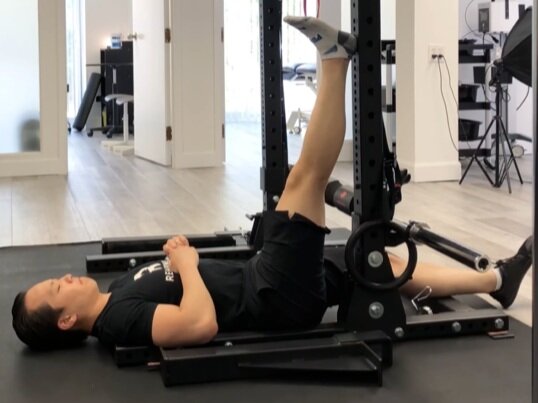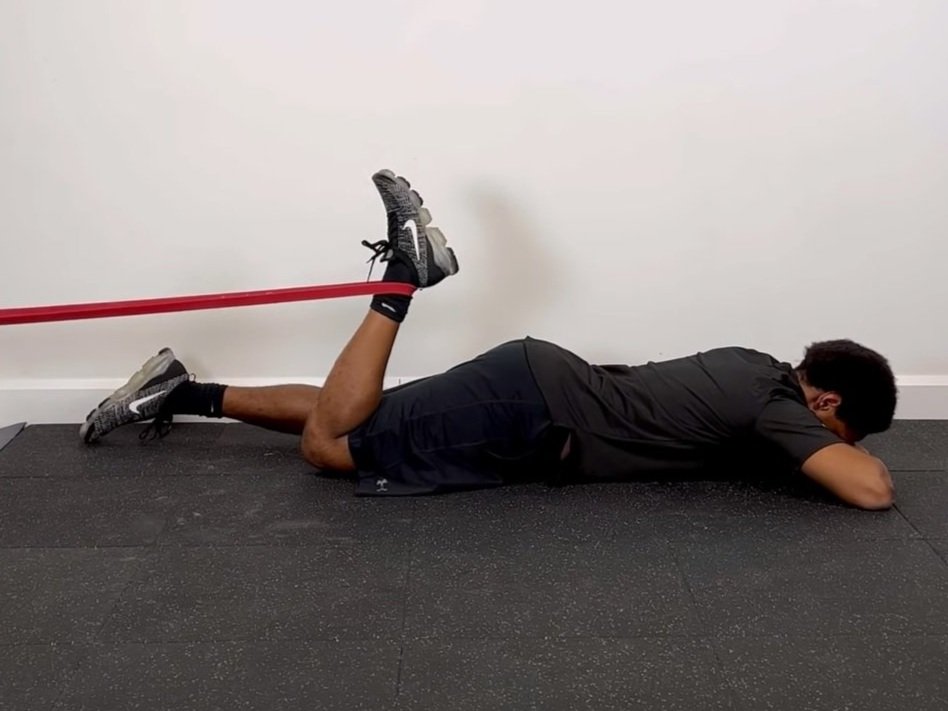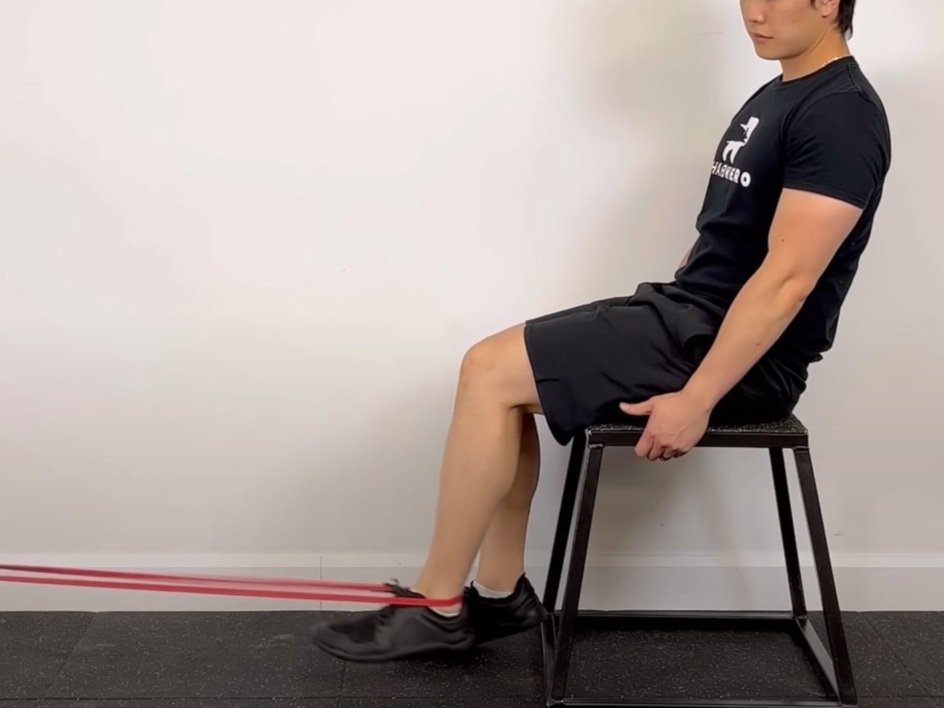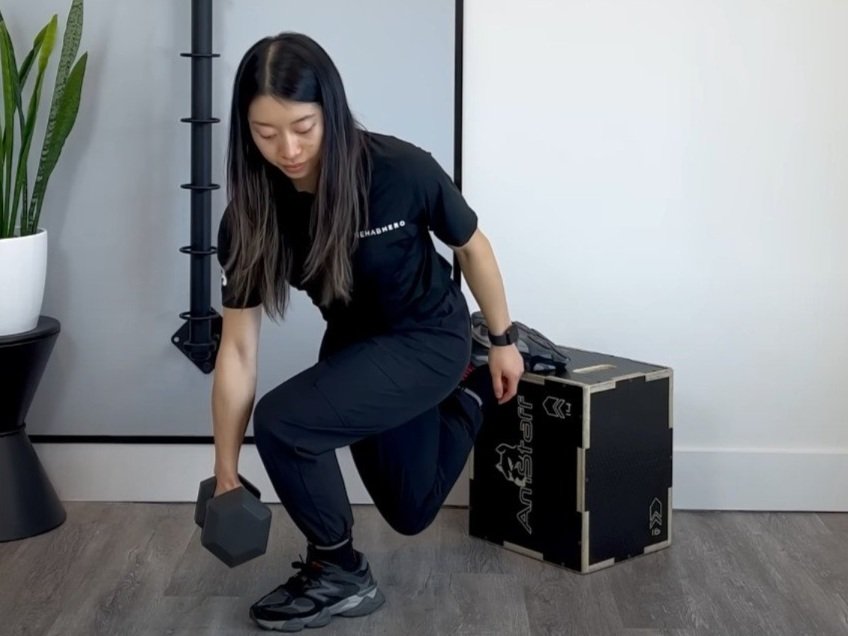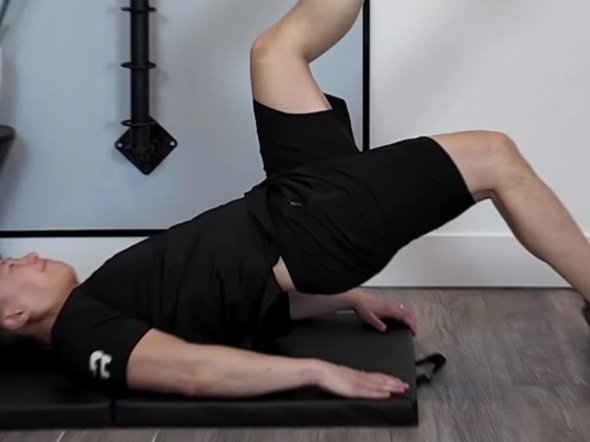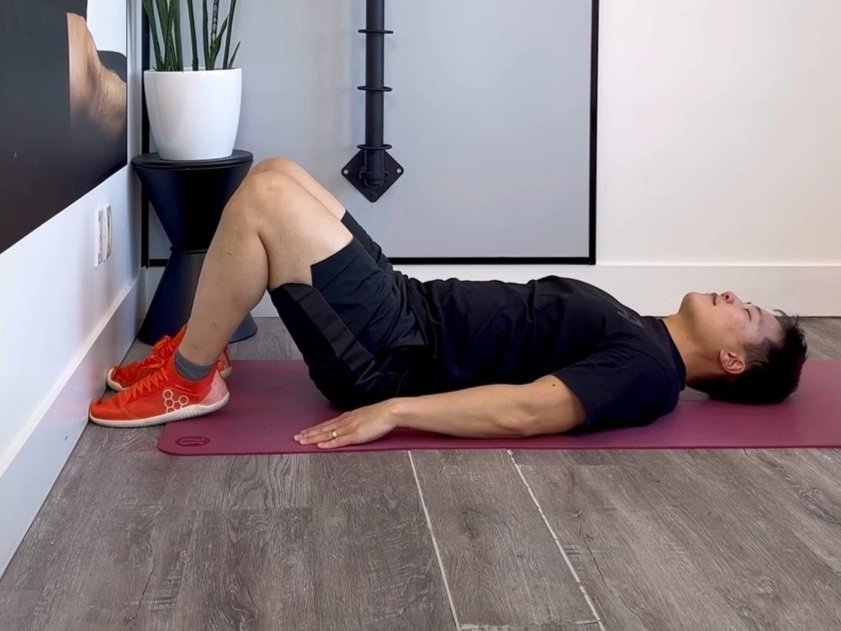Recovering from a PCL Sprain: Beginner-Friendly Exercises to Get You Started
PCL Sprain / Tear
Learn about this injury and how to manage it conservatively.
What is a PCL Sprain?
The PCL is typically a sport injury and is short for the posterior cruciate ligament and it is a ligament found within the knee. In physiotherapy, the term sprain is used interchangeably and is synonymous with the word tear. There are different degrees to sprains which range from full thickness tears to mild tears.
The PCL is responsible for roughly 80 to 95 percent of the restraint to limit posterior translation of the tibia, and is considered to be the primary stabilizer that is resisting this motion. It works together with the quadriceps and popliteus which are the most important dynamic stabilizers that limit this motion.
The PCL is twice as strong as the ACL (anterior cruciate ligament), and has better blood supply which is also why it is less commonly injured. The fibers twist around the ACL during flexion and unwind during knee extension. About 95% of PCL sprains also involve the ACL or MCL (medial collateral ligament), or co-exist with intra-articular joint damage.
How does the PCL get sprained?
Injury to the PCL is usually due to excessive forces applied the anterior aspect of the tibia when the knee is in flexion. Injury can also occur during hyperextension and rotation injuries and/or varus/valgus injuries. This injury can occur in sports like soccer, rugby or football.
Who can get a PCL tear?
While PCL sprains can happen to anyone, it is most common in those aged between 15 to 35 years old (high schoolers and weekend warriors) due to higher engagement in contact sports. This injury is responsible for between 3 to 20% of all knee injuries and is more common in males than females. Those who get a PCL sprain usually have a history of playing contact sports or sports that require the use of cleats like soccer, basketball, gymnastics, skiing or rugby. It can also happen as a result of a single large impact such as a motor vehicle accident (tibia hitting the dashboard during a frontal collision).
What does a PCL sprain feel like?
PCL sprains are often described as a deep knee pain. In full rupture injuries it tends to be less painful than mild injuries due to potential tearing of your nerves. Swelling is present as well depending on the severity of the PCL sprain which can limit range of motion and give the joint a sensation of fullness or stiffness. Following injury patients can feel a sense of knee instability or apprehension with movements.
Due to the mechanism of injury and presentation of injury, a few differential diagnosis exist. These differentials are potential diagnosis that must be ruled out by a healthcare practitioner such as a physiotherapist, chiropractor or naturopath. Some conditions that can feel similar to a PCL sprain include:
compartment syndrome
osteoarthritis or septic arthritis
ACL or MCL sprain
patellofemoral pain syndrome
patellar dislocation or subluxation
knee dislocation
fracture
meniscus tear
A physiotherapist, chiropractor, or naturopath will be able to determine your primary diagnosis by completing special tests. These tests include orthopedic tests, range of motion tests, muscle tests, and a movement assessment. Depending on their physical findings a referral can be made afterwards to your medical doctor for additional imaging. In Ontario a referral is not needed before seeing a physiotherapist as they are considered primary contact healthcare workers. To get assessed it is recommended to see a highly rated physiotherapist near you. To visit a Rehab Hero physio you can click here to book in at our clinic in Toronto or Markham.
What are conservative treatment options for PCL sprains?
Generally when you begin your treatments in the acute phase of healing the primary goal is to improve joint mobility and reduce swelling. Going into the subacute or recovery phase of healing the treatment goals transition to strengthening muscles, motor reprogramming, and eventually sport specific rehabilitation. To help control pain there are a few treatment options available:
Massage therapy: During acute phases of healing effleurage massage or lymphatic drainage massage may be used by your RMT or other healthcare practitioner to reduce localized swelling and excess fluid. By decreasing local swelling pain can be reduce and range of motion can be improve. Myofascial release therapy may also be used on adjacent muscles to reduce compensational hypertonicity which will also improve symptoms.
Acupuncture / Electroacupuncture: Acupuncture is the use of thin sterilized needles that are used to improve blood circulation and reduce pain. This may be combined with electrotherapy to improve muscle function and improve proprioception. Acupuncture can be used by licensed acupuncturists, chiropractors, physiotherapists, and naturopathic doctors.
Exercise rehabilitation: Exercises are used as the gold standard of care for recovering from a PCL sprain. Exercise programs will have different goals depending on your stage of healing. Initially exercises will focus on increasing passive range of motion through non-weight bearing exercises or with a stationary bike. The goal is to reduce local swelling, maintain range of motion and maintain function.
Exercises may then progress to weight bearing closed chain exercises with eventual progression to open chain exercises as the knee increases it’s tolerance to bear resistance. During late stage recovery, exercises will focus on skill training, sport specific movements, and proprioception.
Mild to moderate PCL sprains have a favourable prognosis to conservative treatments with a healing rate of roughly 80%. PCL laxity may predispose knees to future osteoarthritis, knee instability or meniscal injury. Continuing a rehab exercise program once pain has resolved is recommended in order to minimize or reduce the amount of PCL laxity a knee may have.
Which PCL exercises are beginner friendly?
During early stages of PCL rehabilitation it will be important to monitor how your symptoms are during the completion of your exercises. During this phase of healing it will be important to stick to pain free repetitions by decreasing the range of motion (ie doing half repetitions) or decreasing resistance used. That said, with appropriate exercise programming you can rebuild your knee function and knee stability. Let's get started!
The hamstring wall slide exercise is a good exercise for targeting hamstrings muscles for beginners. Before we get started we first need to get things set up:
1. Find an open wall space in a doorway and lie down with your back against the floor. Place one foot on the wall with your knee bent as much as tolerable. Keep your other leg flat on the floor.
Now that we are all set up we can get started:
2. Begin by slowly sliding your foot up the wall, straightening your knees as you go. Continue to raise your foot until your knee is straight or extended as much as you can tolerate.
Engage the hamstrings by pressing into the wall:
3. Now, it's time to contract your hamstrings by pressing your heel into the wall while your knee is straight. Hold this contraction for up to 5 seconds. Maintain contact with the wall while slowly sliding the heel down to the starting position. Focus on using your hamstrings to pull your heel down, rather than relying on gravity to complete the movements.
Banded Hamstring Curl
The banded prone hamstring curl another exercise for strengthening the hamstrings. It requires the use of a resistance band to challenge the movement. Here are some steps for the banded prone hamstring curl:
Before we get started we first need to set a few things up:
1. Place a yoga mat on the floor to use as a cushion for your body. Loop one end of a monster band around the back of your ankle and anchor the other end to a stable object behind you such as a squat rack or band anchor. Lie down on your belly with your legs straight. You can prop your head with your forearms so that you are not placing your face directly into the mat.
Now that we’re all set and ready here’s how to perform the exercise:
2. Contract your hamstrings to begin bending the knee by pulling your heel towards your buttocks. Pull the band until you reach your tolerable knee flexion end range and hold this position for 2 to 4 seconds. While you are doing this exercise be sure to keep the hips and pelvis flat on the floor to minimize compensating the movement with the low back. Return to starting position by extending the knee until your knee is straight.
The seated banded hamstring curl is similar to the previous exercise but done on a chair to challenge the muscle in a lengthened position. This exercise will target the biceps femoris, semitendinosus and semimembranosus muscles. This exercise uses a resistance band.
Before we get started on exercises we first want to set a few things up:
1. First grab a stable chair and sit on it. Loop one end of your resistance band around your ankle and anchor the other end to a stable object in front of you at knee height. You use a heavy kettlebell, squat rack of band anchor to anchor the other end.
Now that we have the setup here’s how to do the exercise:
2. Allow the band to pull your leg into full knee extension (or as straight as you can tolerate). While keeping your thighs firmly placed on the chair seat, pull the ankle towards the chair and feel your hamstrings contract. Hold your end range flexion position for 2-4 seconds before slowly straightening out your knee back to starting position.
Conclusion
If you’ve been dealing with a posterior cruciate ligament strain than you already know how much it can impact your quality of life. For those looking to recover as soon as possible it is important to consult a healthcare professional. At Rehab Hero, our clinicians such as our chiropractors, know the frustrations that come with this injury. We take a focal, local and global approach to your rehabilitative exercises, soft tissue therapy, and other treatment modalities. If you’re dealing with a PCL sprain is best to stop holding back by contacting us today to schedule in an appointment. Start your recovery today with Rehab Hero.
Written by Dr. David Song
Dr. David Song is a chiropractor in Markham that focuses on sports injuries. He combines conventional chiropractic care with strength and conditioning to help his patients become functionally healthy. Outside of the clinic you can find him working out at LA fitness or going for walks around the neighbourhood.


